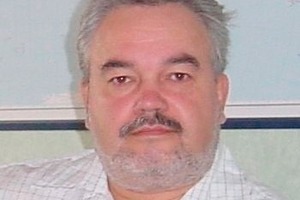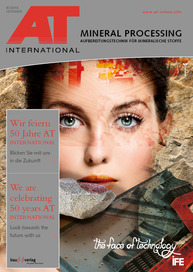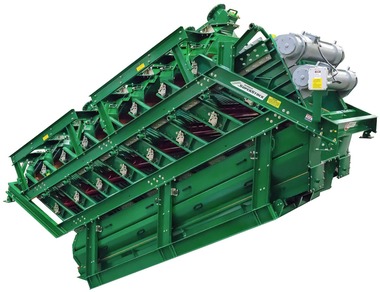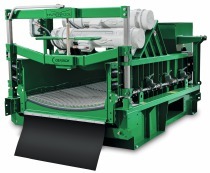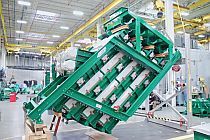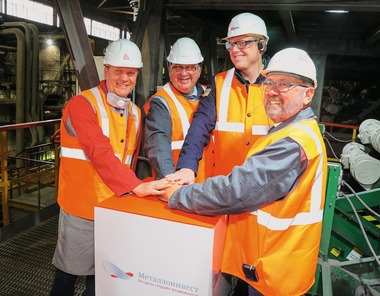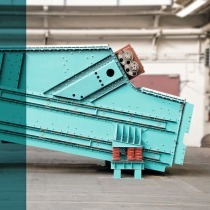Derrick Corporation
Renowned screen manufacturers will need in future to take on global competition to a much greater extent than previously. For users, it will become more and more difficult to isolate from the abundance of suppliers the most reputable and most suitable. The trend will be toward mechanical screens, the parameters of which can be flexibly modified to match changing material and processing conditions, in order to thus solve difficult-to-screen tasks. New materials will assure higher service-lives and operational reliability. The trend already apparent toward finer screen cuts with higher quality...

